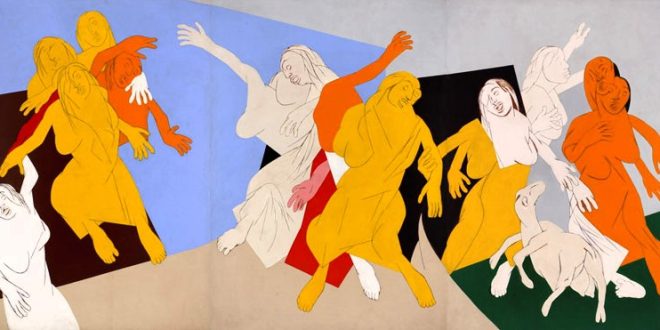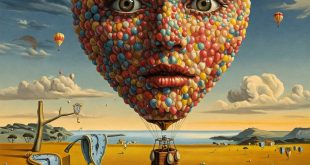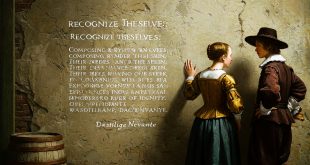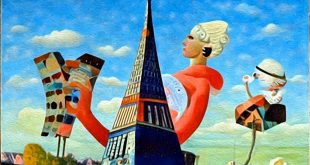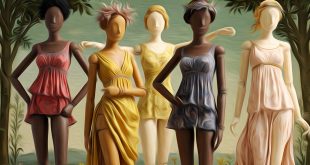Tyeb Mehta, a dynamic tension between figurative and abstract
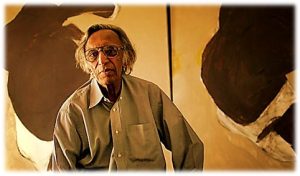
It functions as a virtual meeting and inspirational place, where travelers, artists, thinkers and dreamers from all over the world can share art, travel stories and thoughts. Meeting Benches is a site that celebrates art in all its forms, an online platform where you can find a variety of content, including articles on emerging and established artists, book reviews, poems, short stories and art galleries. In addition, Meeting Benches offers a section dedicated to visual art where you can discover and deepen your knowledge of painters such as Tyeb Metha and his fascinating “Tragedy“. Demonstrating versatility and depth as an artist, he expressed his immersion in mythological and religious narratives in the series “Mahishasura“. Click above “Painters” if you want to know more.
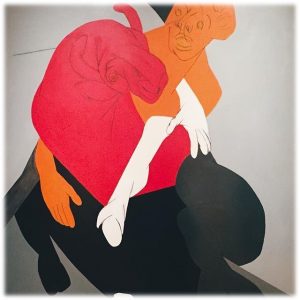
Along with contemporary artists such as F.N. Souza and M.F. Husain, he formed a collective that played a crucial role in the development of modern Indian art. During the partition of India and Pakistan in 1947, he witnessed a man being stoned to death by a mob. This left an indelible impression on him, which he would later paint on his canvases. Tyeb Metha was born in 1925 in Kapadvanj (Gujarat), but his family moved to Bombay when he was still young. He developed an interest in art, however, without imagining what his profession could be. The miracle happened to him in 1969, when he took out a brush and drew a black diagonal line on his canvas, becoming a new idea where diagonal paintings divided his stories into two parts. Married to Sakina, their union was blessed with the birth of a son and a daughter.
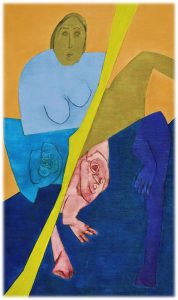
His artistic career has been a testament to the transformative power of art to reflect, challenge and transcend. His style combined the figurative with the abstract, creating a dynamic tension in his compositions. His first solo exhibition of drawings, paintings and sculptures was held at an art gallery in Mumbai. Throughout his life, Tyeb Mehta received many prestigious awards, and some of his works were sold at various auctions at high prices; not surprisingly, he is remembered as one of the most expensive Indian artists ever. Credited with initiating an interest in Indian art, he became one of the most famous Indian artists of the postcolonial generation. He was a man of simple tastes and led an uncomplicated life. Today, his works are held in the collections of the Kiran Nadar Museum of Art and the National Gallery of Modern Art in New Delhi.
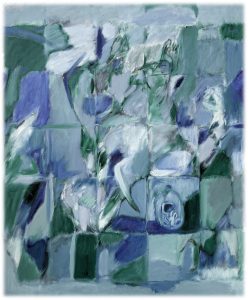
He explored profound themes, infusing his work with social commentary and introspection. Known for his distinctive style, embracing Modernism, Tyeb Metha attended the Bombay School of Art, becoming part of the Bombay Progressive Artists’ Group. In 1954, he went to London, where he was influenced by the works of Francis Bacon. Because Americans liked his work, he received a scholarship in 1968. After returning to India, he began living between Delhi and Santiniketan, returning to Mumbai with all the knowledge he had acquired. He spent most of his life in the suburbs of Mumbai, including his last days, when he died there following a heart attack in the summer of 2009. Of this leading figure in Indian art, whose work left an indelible imprint on the canvas of his nation’s modern art, we bring you an essential gallery of his works.
 Meeting Benches World art in all forms
Meeting Benches World art in all forms
